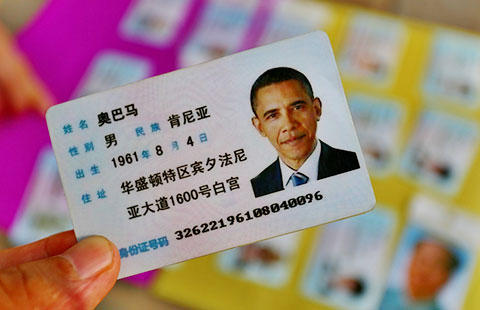Sponge-like cities turn stormwater from blight to boon
(Xinhua) Updated: 2015-10-14 15:47BEIJING - During rainy seasons in the past, Binhu Square in Nanning would become drenched in water, flooding and blocking off a major section in the center of the southern Chinese city.
But a recent project has reversed the city's fortunes, turning the once-burdensome floodwater into a boon for the surrounding community.
Replacing the square's granite surface with a permeable, sandy material, the square now absorbs, purifies and collects water which can then be used to help irrigate local vegetation, Gan Linyi, staff of the management department of the square, said.
The project, completed earlier this year, is part of the city's effort to transform itself into a sponge, capable of soaking up rainwater and retaining it for future use by upgrading sewer system, developing ponds, filtration pools, wetlands, as well as permeable public spaces.
Nanning is not alone in its "sponge city" campaign. The Ministry of Housing and Urban-Rural Development said last week around 130 Chinese cities have mapped plans to transform themselves in this manner.
By 2020, 20 percent of China's cities should have modern sewer systems and infrastructure that allows for efficient absorption of rain water, with the number rising to 80 percent by 2030, according to a timetable released by the ministry.
The program is in response to the growing need of upgraded water management infrastructure in China, a country wrestling with the twin problems of urban flooding and water scarcity.
Statistics from the Beijing-based Tsinghua Holdings Human Settlements Environment Institute show about 400 out of more than 600 Chinese cities are short of water, with a total shortage of about 7 billion cubic meters annually .
According to an investigation on 351 cities conducted by the Ministry of Housing and Urban-Rural Development, 62 percent of the cities witnessed urban flooding from 2008 to 2010.
Li Chuanming, official with the drainage department of Hefei city in Anhui province, said in an ideal situation, 80 percent of rainwater should be absorbed into the ground with the other 20 percent being drained through sewers.
The ratio is the reverse in most Chinese cities, with much of the surface covered in nonpermeable concrete and asphalt as a result of rapid urbanization, he said.
A fatal rainstorm killed more than 70 people in Beijing on July 21, 2012, exposing the flawed drainage system of the capital, which is also plagued by a severe water shortage.
Over the past two years, Beijing has been renovating streets with permeable materials, constructing storage ponds, filtration pools and "bioswale" -- a gully filled with drought-resistant plants, throughout parks and communities. city authorities said a total of 27.81 million cubic meters of rainwater was collected and recycled last year.
Local media reports showed that 11 parks in Beijing have been utilizing new water infrastructure to soak up rain during this year's rainy season. Park staff use the stormwater to fill artificial lakes, flush toilets or irrigate lawns.
Lin Binzhang, expert with Nanjing University of Information Science and Technology, said among the 200 big and middle-sized Chinese cities, about two-thirds are facing both waterlogging and water scarcity.
He suggested each city take a different approach to the sponge concept, basing their efforts on each cities' unique climatic, geographic and demographic conditions.
Experts also noted that the project would be expensive and difficult.
An engineer surnamed Wang, who works with the water conservation bureau of Anqing city in Anhui province, said since the lay-out and structure of cities are already formed, improving the sewer systems, increasing green areas and creating permeable road surfaces would come at a huge cost.
The Ministry of Housing and Urban-Rural Development estimated that the project would cost about 160 to 180 million yuan ($25 to 28 million) for every one square kilometer.
"It is important for governments to find effective ways to attract private capital to the project," Wang said.
Cities should integrate the sponge city program into urban planning and make sure that the new development projects are not in the way of the construction of sponge facilities, he added.
- Former vice police chief on trial for bribery
- Air force now able to launch long-range, precision strikes
- Cheating in civil servant exams means seven-year jail
- Uninsured clergy face retirement crisis
- Xi: Global reforms in urgent need
- Airline hits back at claim stewardesses are treated like baggage
- Series of measures announced to lift 70m out of rural poverty
- Disgraced security chief 's allies imprisoned
- Photos of stewardesses in overhead luggage lockers spark disputes
- Tougher controls urged for e-cigarettes







